India – Week 6: Teaching and Learning
Sadly, we only have one more week left at SEDS before we continue our India adventure in the North for another two weeks. Time has been flying since we came here and we both have mixed feelings about leaving; we’re excited to be traveling some more, but we also feel that there’s still so much work to be done that we don’t want to leave yet.
This week, we continued our project with the children and the polaroid pictures that we took of them. During the arts and crafts classes, we gave them one photo to take home with them to show their parents, but not before creating a little artsy project with it. It’s not always easy to explain to the kids what our intentions with the project are, but fortunately kids, especially the younger ones, are super creative so they made some cute creations to show their parents. We also visited a couple of more schools at the start of the week, as Lyn, Kirra’s nan, still had some more sponsored children to visit before leaving on Tuesday. I was again amazed by the differences between schools. For example, the school in Mekalapalli is well looked after and the kids seem to be doing really well. There’s a girl at that school that has been invited to a science conference some 600 kilometers from her village due to the excellent science project she did at the school. SEDS will pay for her travels, as her family and the school are too poor to afford the journey. But then after we visited that school, we visited another school in the local area which only had 8 students and no proper teacher. The ‘teacher’ of that school was an aide, not a fully qualified teacher. The school was in a bad shape and the children didn’t understand a single word of English, whereas the children in most other schools are at least able to greet you in English. It such a shame, knowing that there’s schools within a range of 10 to 15 kilometers that have so much more to offer for these kids.
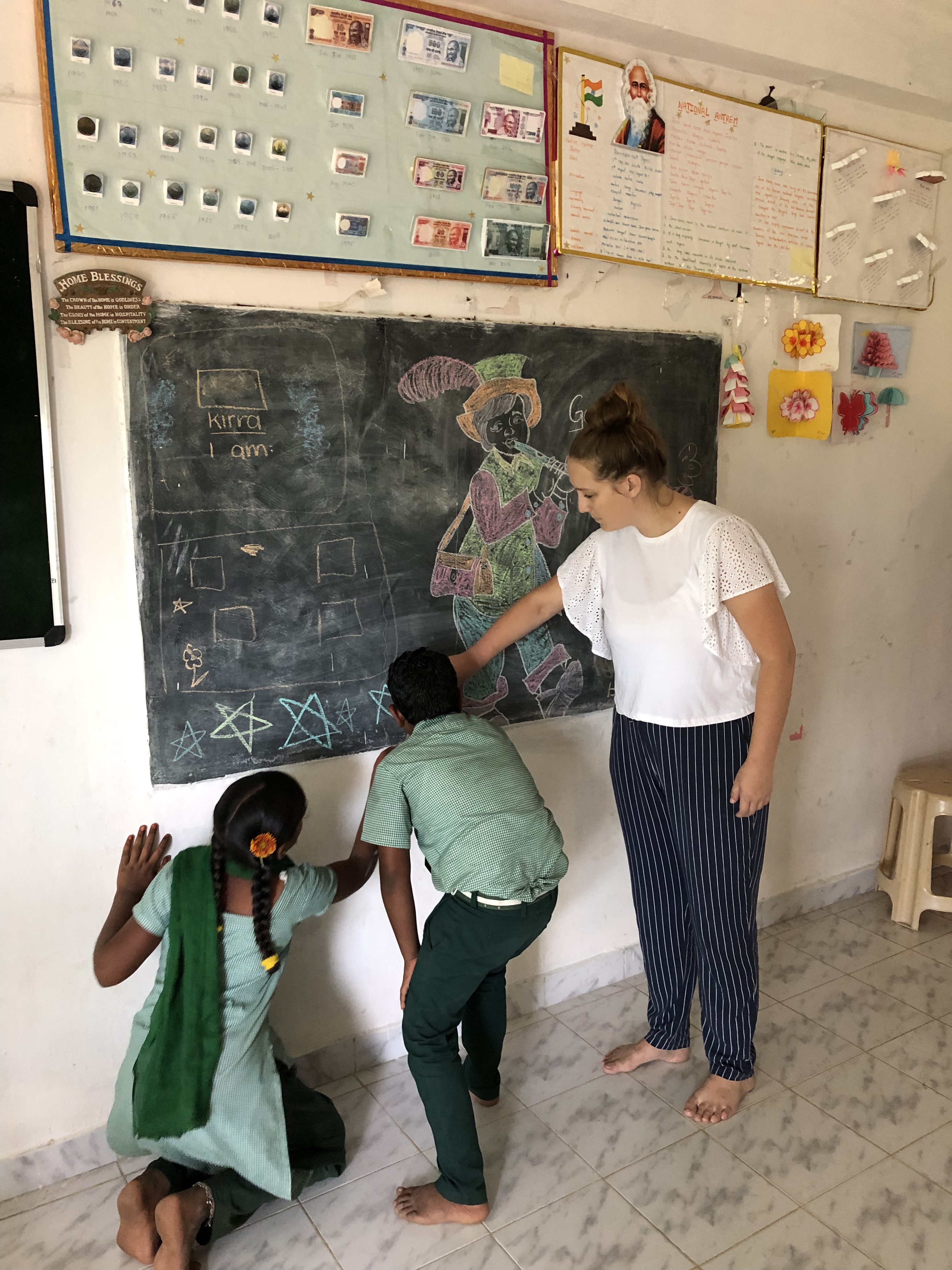
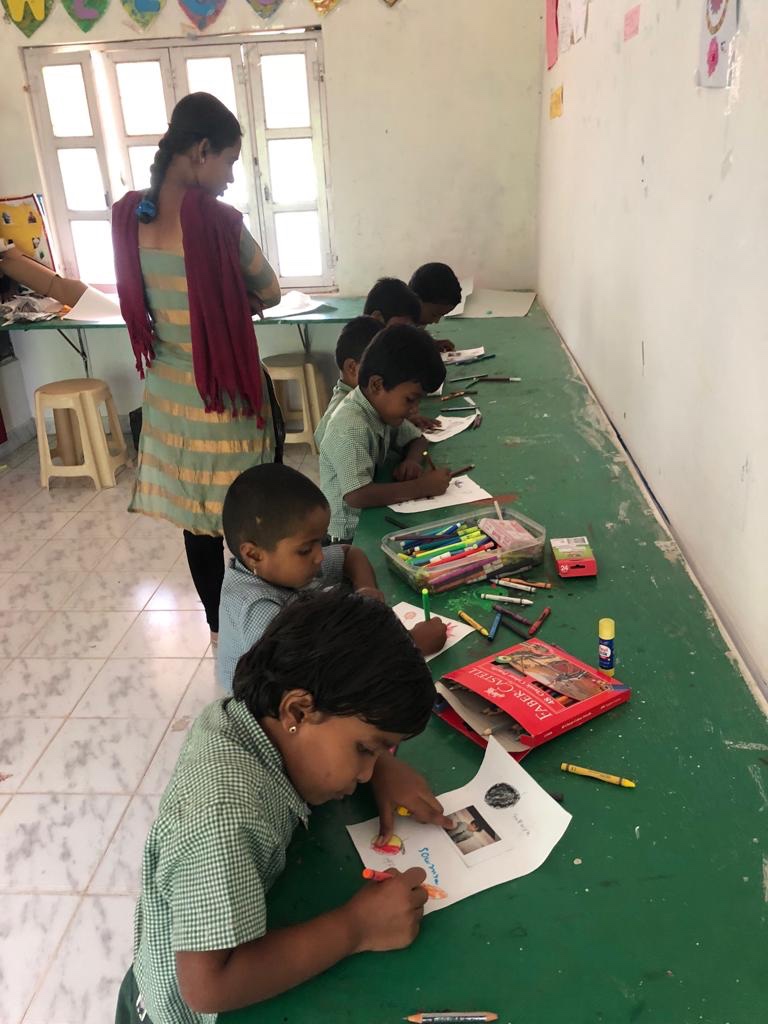
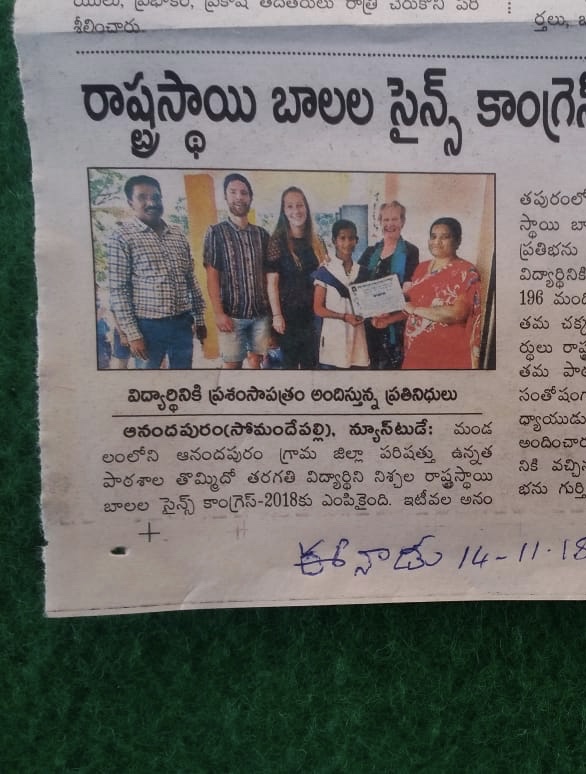
After being at the SEDS campus for a couple of weeks, it was nice to go back to Bangalore on Tuesday, when we dropped Lyn off at the airport. We stayed in the city for the night and did some shopping the next day. Being in the city felt really good, as there’s so much more to do and explore than around the SEDS campus. After a couple of weeks of staying in the same place, both Kirra and I started to feel a bit restless. We ate pizza (!), did some shopping both for SEDS and for ourselves and had some beers in a nice bar overlooking Bangalore. I also accidentally had a double wodka-sprite, as the waiter heard “Smirnoff sprite” when I ordered a “7-up or sprite”. I already thought it was weird when he asked “40ml or 60ml”, referring to the amount of Smirnoff of which I was unaware of, and in hindsight ordering 60ml of Sprite doesn’t make much sense at all. Aaah, language; powerful when used correctly, but also causes you to be a little tipsy when there’s a miscommunication. We picked up all materials and fabrics needed for the children’s Christmas clothes at a local parlor, which the woman in the vocational training center at SEDS will use to make a Christmas outfit for each sponsored child.
The rest of the week was pretty quite; Kirra has been working on tidying SEDS’ administration, while I have been working on the SEDS website. We had our weekly English classes with the teachers on Friday and Saturday and it’s really nice to see them improve every week. Almost everyone was gone for the weekend, so I was finally able to finish a couple of books and Kirra started stitching again. We also picked up on an old habit from back when we were still employed (only six weeks ago!): playing table tennis!
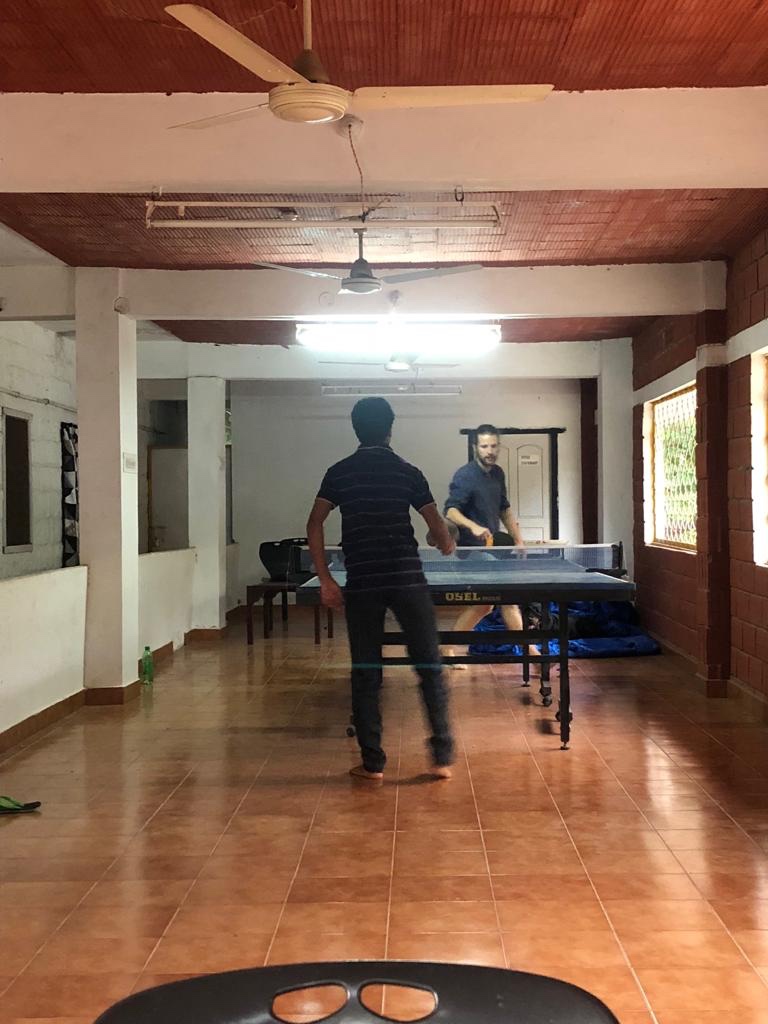
One thing that I’ve come to learn over the last year, not just now in India but also while traveling to Australia in May/June, is how much I’ve grown up in a safe bubble. In Australia I was amazed at how much natural dangers one can encounter: snakes, sharks, crocodiles, spiders, wild fires, floods. And now in India I’m again amazed by how many dangers there are. Just the other day I was standing inches away from a wild venomous crate on the field at the SEDS campus. In the Netherlands, the one major natural danger, water, is one that we’ve mastered years ago. We don’t have floods anymore, there’s no risk of wild fires and there are no poisonous or deadly animals. Our temperatures are never too extreme and we don’t have hurricanes or cyclones. The Dutch don’t have to worry about a lot of the things that an average person on earth has to worry about. Which is interesting, as the Dutch still seem to worry about a lot of stuff and that makes me think about what constitutes happiness. You can take away a lot of external dangers and satisfy most of Maslow’s pyramid, but the Dutch still have enough to complain about and things that they want to change. So is it ever enough? Are we at some point able to say: this is enough, I’m satisfied and I don’t want to change anything? Or will every desired change only bring about new desires and are we caught in an endless cycle of wanting and desiring, always searching for a new way to be satisfied, only to enjoy that satisfaction for a second before wanting something else? I believe that this is the case, but I also believe there’s ways to break this cycle. As a minimalist and avid reader of Buddhist literature, I’ve come to learn different methods on how to deal with this constant wanting or craving and the need for things to be different. In no way am I anywhere near to applying these methods to break my own cycle of wanting and craving, but creating awareness, or mindfulness if you will, on your own desires and cravings is the first step in trying to break free from a constant feeling of craving and instead to just accept and appreciate your life, even for a brief moment, as it is.

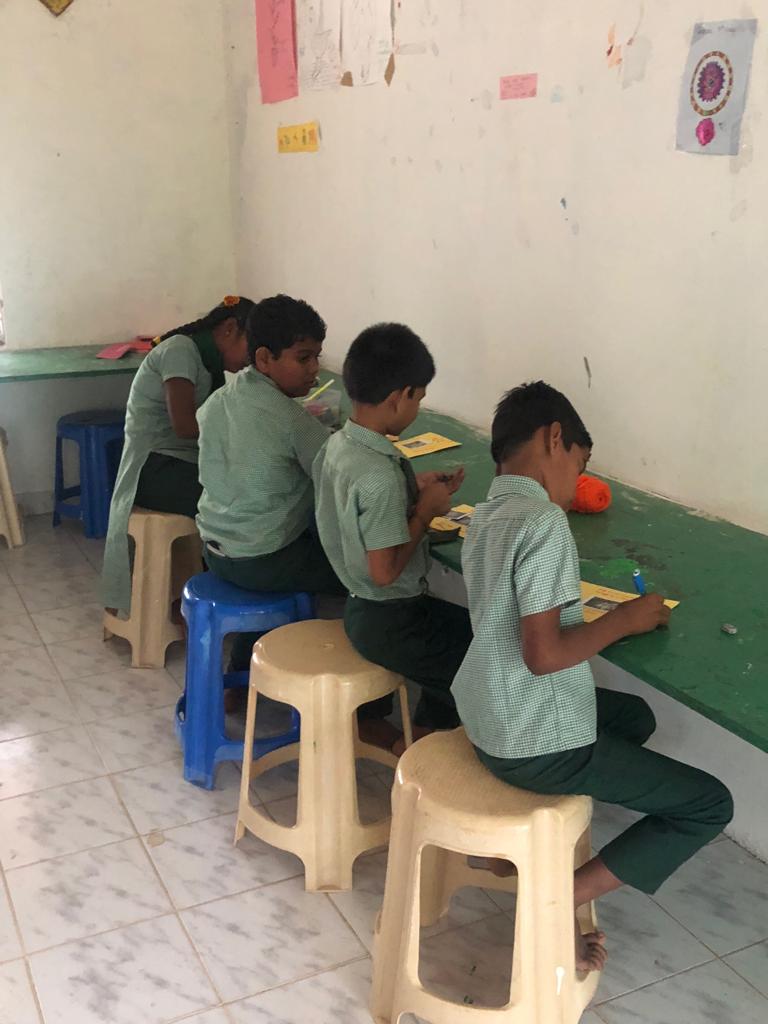
A Very True story. The world wood be a better place. If everyone was satisfied.
Very well spoken.
True story, but often hard for me to do so.
This is hard to do for almost everyone. It’s a skill that requires a lot of training; it’s not something that comes to us naturally. However, there’s a lot of different ways to train yourself and it depends on you which one works best. I personally find that the approach that Buddhism takes to align really well with my personal values.